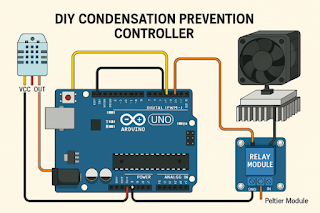What Is CBDC? A Clear Comparison With Cryptocurrency

Interest in digital currencies is rapidly growing worldwide. Among them, Central Bank Digital Currencies (CBDCs) are attracting the most attention from governments and financial institutions. In this post, we’ll explain what a CBDC is and how it differs fundamentally from cryptocurrencies like Bitcoin. What Is CBDC? CBDC stands for Central Bank Digital Currency. It is a digital version of legal tender issued by a country's central bank. Like physical cash (banknotes and coins), CBDC is backed by the government, but it exists in digital form, often operating on blockchain or centralized databases. For instance, a CBDC issued by the Bank of Korea would carry the same legal value as Korean won and can be used for sending, receiving, and making payments via digital wallets. CBDC vs. Cryptocurrency: What's the Difference? Many people confuse CBDCs with cryptocurrencies. However, they are completely different in philosophy, structure, and function. ...














